Welcome to the enchanting realm of world heritage sites in Himachal Pradesh, nestled amidst the mighty Himalayas.
Within this picturesque landscape lie treasures of unparalleled cultural and historical significance, recognized by the esteemed UNESCO as World Heritage Sites.
Among these, the Great Himalayan National Parks in Himachal Pradesh are a testament to the region’s breathtaking biodiversity.
At the same time, the iconic Kalka to Shimla toy train line weaves through verdant valleys and mist-laden mountains, offering a journey through time. world heritage sites in Himachal Pradesh.
Renowned for its snow-capped peaks, delectable cuisine, and vibrant traditions, proudly host these two gems among UNESCO World Heritage Sites in Himachal Pradesh.
Dharamshala

However, Dharamshala emerges as a serene hill station amidst the picturesque Kangra Valley, boasting an average altitude of 1,475 meters above sea level.
Positioned 234 kilometres from Manali, 237 kilometres from Shimla, and 486 kilometres from Delhi, this charming destination serves as a quintessential retreat near the bustling cities.
Once a temporary abode to His Holiness Dalai Lama in 1960, Dharamshala earned its moniker “Little Lhasa” or “Dhasa,” resonating with its vibrant Tibetan community and numerous Buddhist Monasteries.
Enveloped by dense oak and coniferous forests and embraced by the majestic Dhauladhar ranges on three sides, Dharamshala offers a medley of attractions, including ancient temples, churches, monasteries, museums, and enchanting trekking trails.
Mcleod Ganj
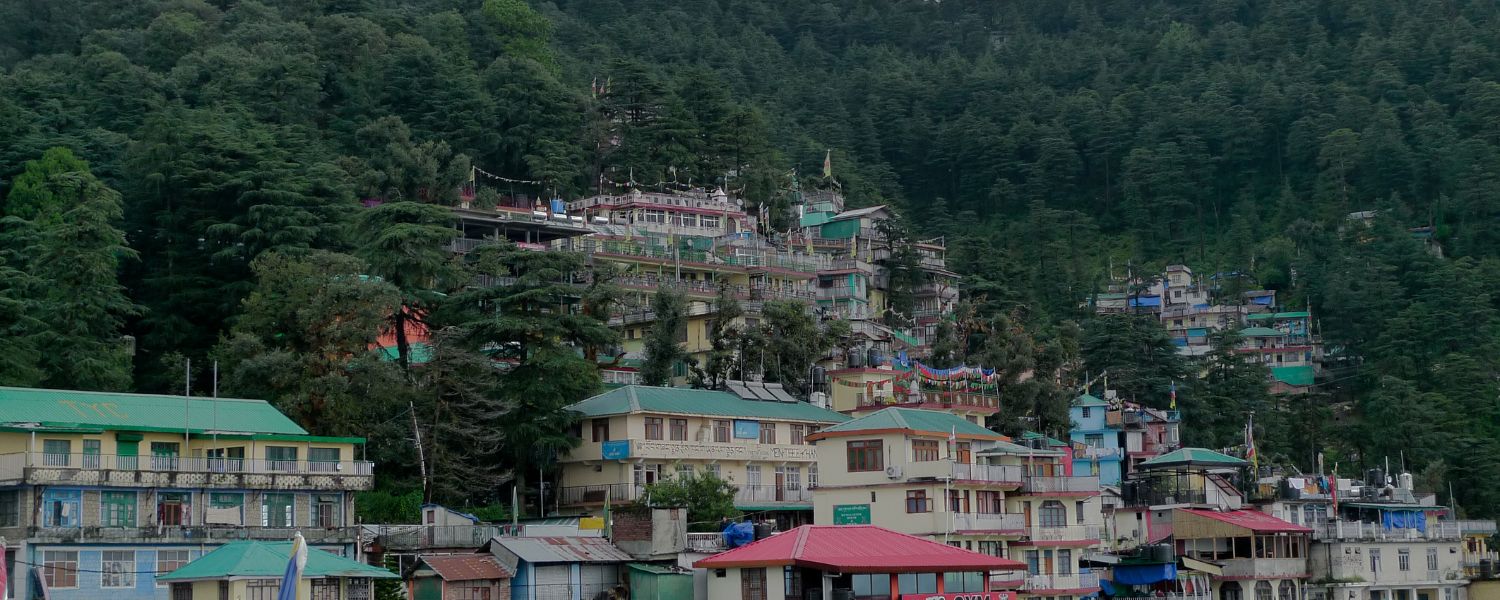
Nestled amidst the majestic Dhauladhar ranges, McLeod Ganj captivates visitors with its scenic splendour, perched at 2082 meters in world heritage sites in Himachal Pradesh.
Approximately 238 kilometres from Manali, 240 kilometres from Shimla, and 490 kilometres from Delhi, this idyllic hill station stands as a beacon of Tibetan culture and spirituality.
Formerly the residence of the 14th Dalai Lama, Tenzin Gyatso, and the seat of the Tibetan Government in exile, McLeod Ganj exudes an aura of tranquillity and enlightenment.
Offering a blend of Tibetan institutions, Buddhist monasteries, and vibrant arts and crafts, McLeod Ganj enchants visitors with its myriad attractions, including Dharamkot, Bhagsu, Triund, Dal Lake, and the Namgyal Monastery.
Moreover, it is a bustling shopping hub renowned for its exquisite Tibetan handicrafts, garments, masks, and artefacts. Furthermore, you can explore the honeymoon destinations in Himachal Pradesh in this beautiful place.
Kalka – Shimla Railway
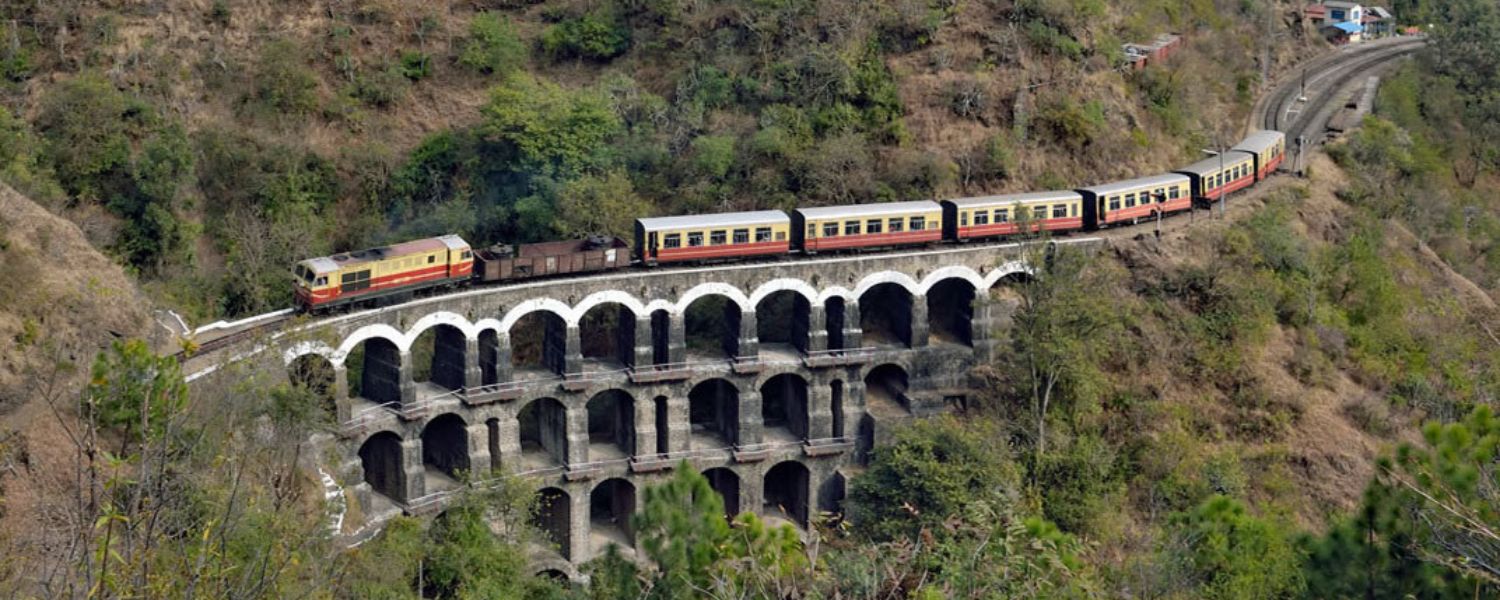
Further, amidst the picturesque landscapes of Haryana lies Kalka, a quaint town merely 84 km away from Shimla.
Serving as the northern terminus of the Delhi-Kalka line, Kalka Railway Station marks the inception point of the legendary Kalka-Shimla Railway.
This railway, an epitome of colonial engineering prowess, earned its prestigious UNESCO World Heritage status in July 2008.
Moreover, embarking on a ride aboard the toy train along this historic route ranks among the top experiences in Shimla and is integral to promoting Himachal tourism.
Constructed by the British in 1903 to facilitate access to their summer capital, Shimla, the Kalka-Shimla Railway spans a distance of 96 km, boasting an awe-inspiring landscape dotted with 102 tunnels, 864 bridges, and an astounding 900 curves.
Comprising over 20 stations, this route connects the quaint town of Kalka at an elevation of 656 m to the majestic hill stations in Himachal Pradesh (Shimla) at 2076 m.
Furthermore, the journey spanning approximately five hours is a testament to one of the most scenic train rides orchestrated by the Indian Railways.
The panoramic vistas of rolling hills and quaint villages en route offer a visual treat to travellers. Notably, the longest tunnel, stretching over a kilometre, near the primary railway station at Barog, adds to the allure of the journey.
Finally, adorned with multi-arched galleries reminiscent of ancient Roman aqueducts, the 864 bridges along this railway line stand as architectural marvels, enhancing the journey’s charm.
Arki Fort And Palace
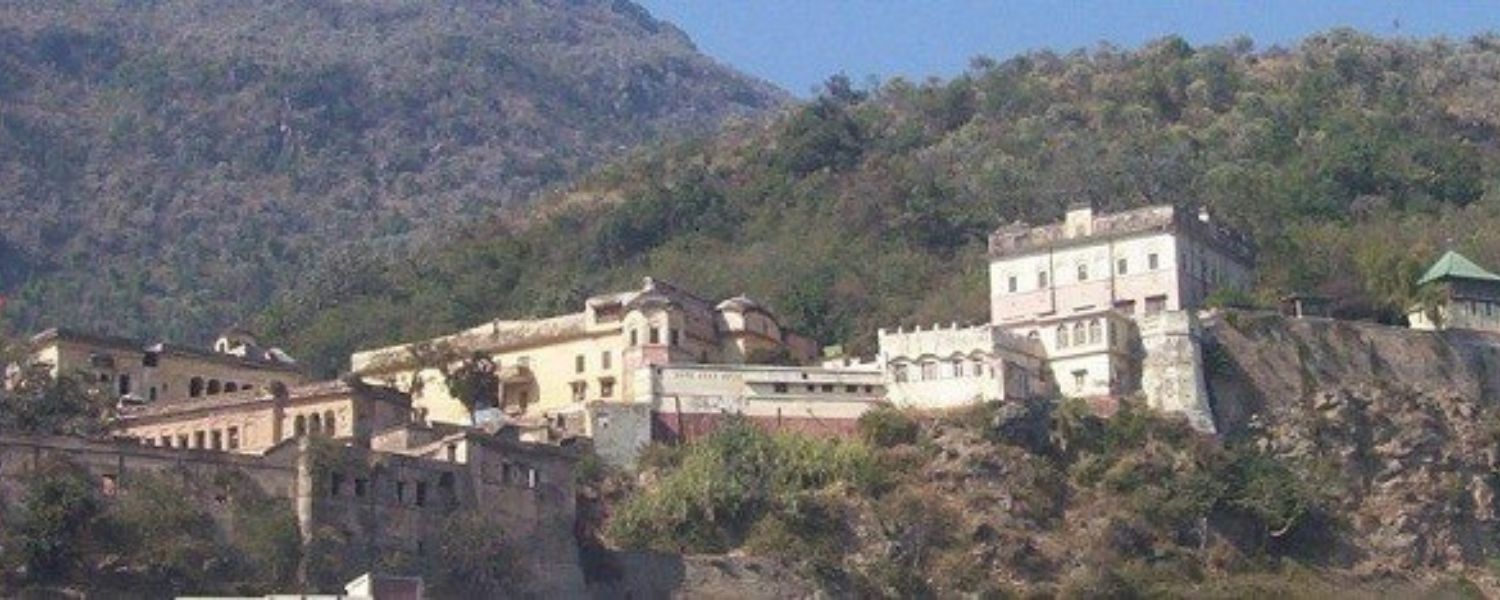
Furthermore, situated at a distance of 38 km from Shimla, the tranquil town of Arki, perched at an elevation of 4100 ft in Himachal’s Solan district, unveils the grandeur of the Arki Fort.
A testament to the region’s rich historical tapestry, Arki Fort is a prominent heritage site near Shimla. Established as the erstwhile capital of the ancient hill-state of Baghal, founded by Raja Ajai Dev, a Panwar Rajput, during 1660-65 AD, Arki boasts a storied past.
The ascendancy of the Baghal state, dating back to 1643, witnessed Arki being designated as its capital by Rana Sabha Chand in 1650.
Constructed between 1800 and 1805 by Rana Prithvi Singh, a descendant of Sabha Chand, Arki Fort endured turbulent times, falling into the hands of Gurkhas in 1806.
Under the reign of Gurkha General Amar Singh Thapa, Arki became pivotal in shaping world heritage sites in Himachal Pradesh history from 1806 to 1815.
However, Rana Jagat Singh’s resilience saw the restoration of Arki’s sovereignty, marking a crucial chapter in its history.
Bhimakali Temple, Sarahan
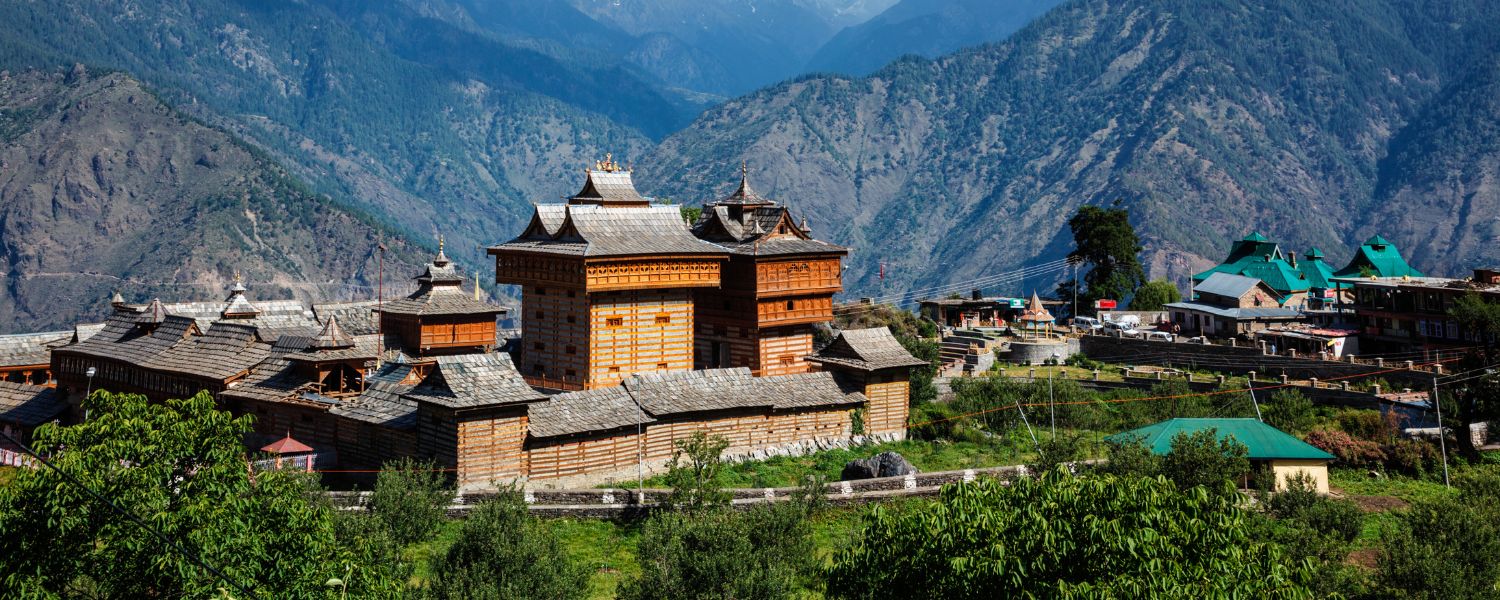
However, in the serene landscapes of world heritage sites in Himachal Pradesh, about 165 km from Shimla, lies the illustrious Bhimakali Temple in Sarahan.
This Hindu temple, dating back to 800 years, is a revered site for pilgrims and travellers alike. Dedicated to Goddess Durga, affectionately known as Bhimakali by the locals, it holds esteemed status as one of the 51 sacred Shakti peethas.
Although the present temple was constructed in 1927, the echoes of history resonate through its ancient corridors.
An intriguing tale surrounds the old temple adjacent to it, which, despite tilting during the 1905 earthquake, mysteriously straightened back during subsequent tremors.
Legends whisper of deep foundations and a clandestine tunnel linking the temple to the nearby village of Ranwin, providing a passage for priests in ages past.
Whether it’s the myth of Sati Devi’s ear or the saga of the demon Banasura, the spiritual aura of Bhimakali Temple enchants all who visit.
Hatkoti Temples
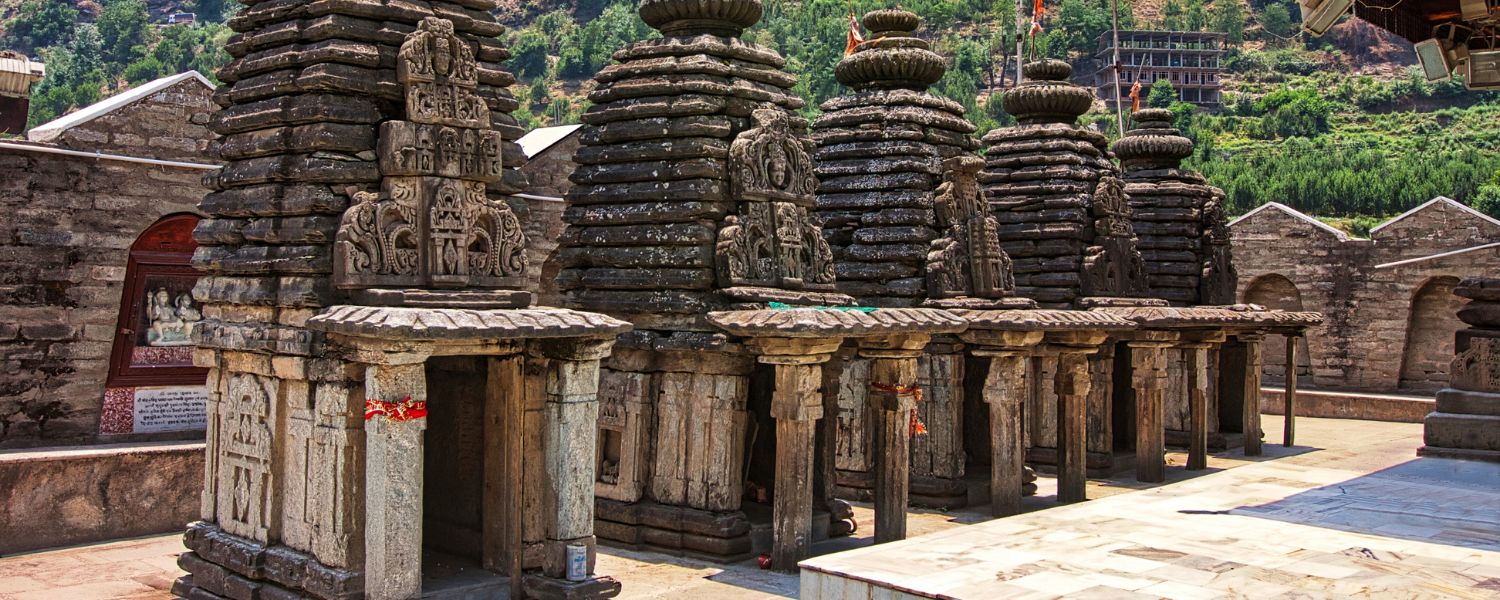
Further on this spiritual journey, about 97 km from Shimla and 84 km from Kufri, lie the Hatkoti Temples in the quaint village of Jubbal.
Set against the picturesque backdrop of River Jabbar, these temples are a testament to the ancient architectural prowess of India.
Among them, the Hatkoti Temple, dedicated to goddess Mahishasurmardini, stands tall, with its 1.2-meter statue crafted from eight precious metals.
Adorned with ten arms, the goddess mounts a lion, embodying strength and courage as she conquers the demon Mahishasura. Intriguing inscriptions flank the idol, their secrets yet to be unravelled by scholars.
Additionally, the complex houses a shrine devoted to Lord Shiva, adding another layer of sanctity to this divine abode.
Dating back to the Gupta period, between the sixth and ninth centuries, the Hatkoti Temples epitomize the classical Shikhara architectural style of World Heritage Sites in India.
Jubbal Palace
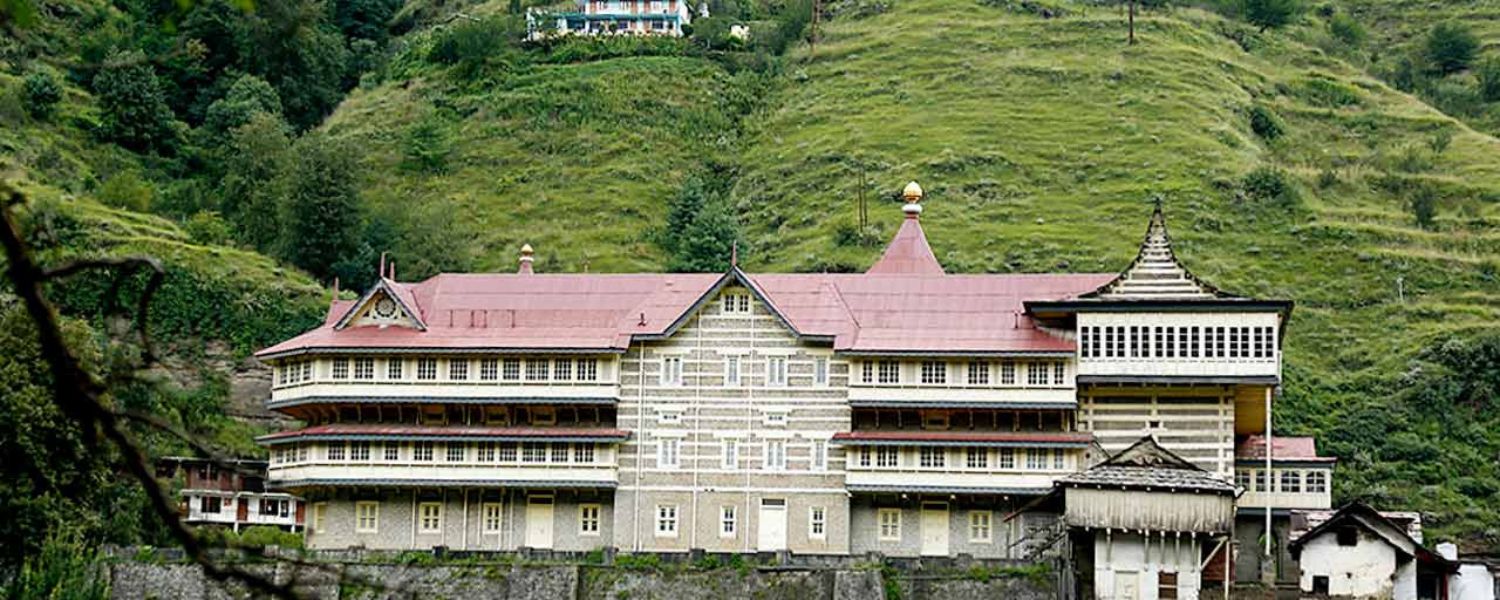
Located 90 kilometres away from Shimla and 76 kilometres from Kufri, Jubbal Palace stands tall as one of Himachal Pradesh’s cherished heritage sites.
Perched at 7000 feet above sea level, this architectural marvel, designed by a French architect in 1930, seamlessly blends Chinese, Indian, and European styles.
Adorned in a cream hue, the palace boasts sloping roofs and striking red chimneys. The lower section, known as Rana’s abode, showcases sandstone architecture, which is notable for its extensive use of deodar timber sourced from the surrounding forests.
Modern palace wings exude an Indo-European charm, with intricate wooden ceilings and a fascinating collection of ancient guns once wielded by Jubbal’s royal families.
Stepping inside, visitors are greeted by intricately carved timber structures, suspended attics, and a gallery adorned with signed photographs and paintings of distinguished personalities.
Dagshai
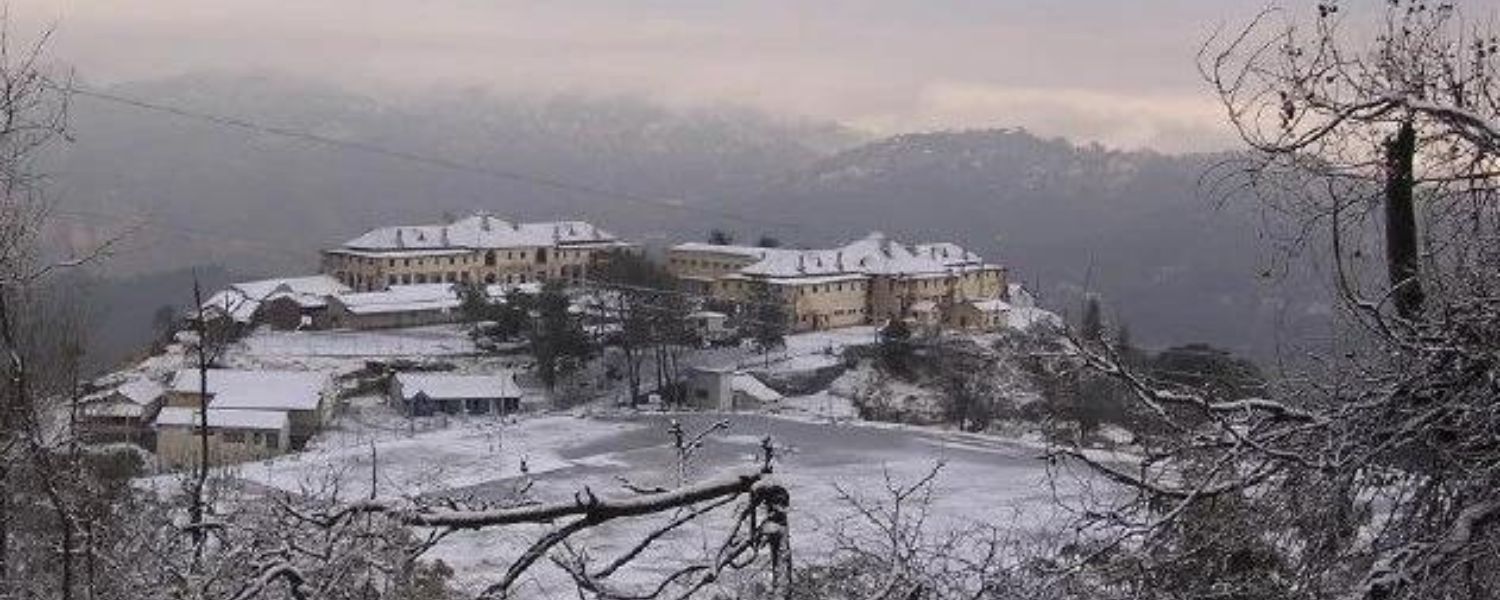
Just 14 kilometres from Kasauli and 18 from Solan, Dagshai stands as one of the oldest cantonment towns in world heritage sites in Himachal Pradesh, perched atop a 5689-foot hillock along the Kalka-Shimla Highway.
Established in 1847 by the East India Company, Dagshai traces its origins to five villages secured from the Maharaja of Patiala, including the largest, Dagshai village.
Legend has it that the name Dagshai is derived from ‘Daag-e-Shahi,’ a royal mark branded on criminals during the Mughal era before being sent to Dagshai.
Under British rule, Dagshai flourished as a significant cantonment town, housing a substantial prison complex.
The jail, constructed in 1849, comprised 54 cells, including one for particularly harsh punishments. Among its notable inmates was Mahatma Gandhi, who spent a year there in solidarity with the Irish mutiny.
Additionally, Gorkha rebels from the Nasiri Regiment, involved in the 1857 revolt, were also incarcerated within its walls.
Kuthar Fort
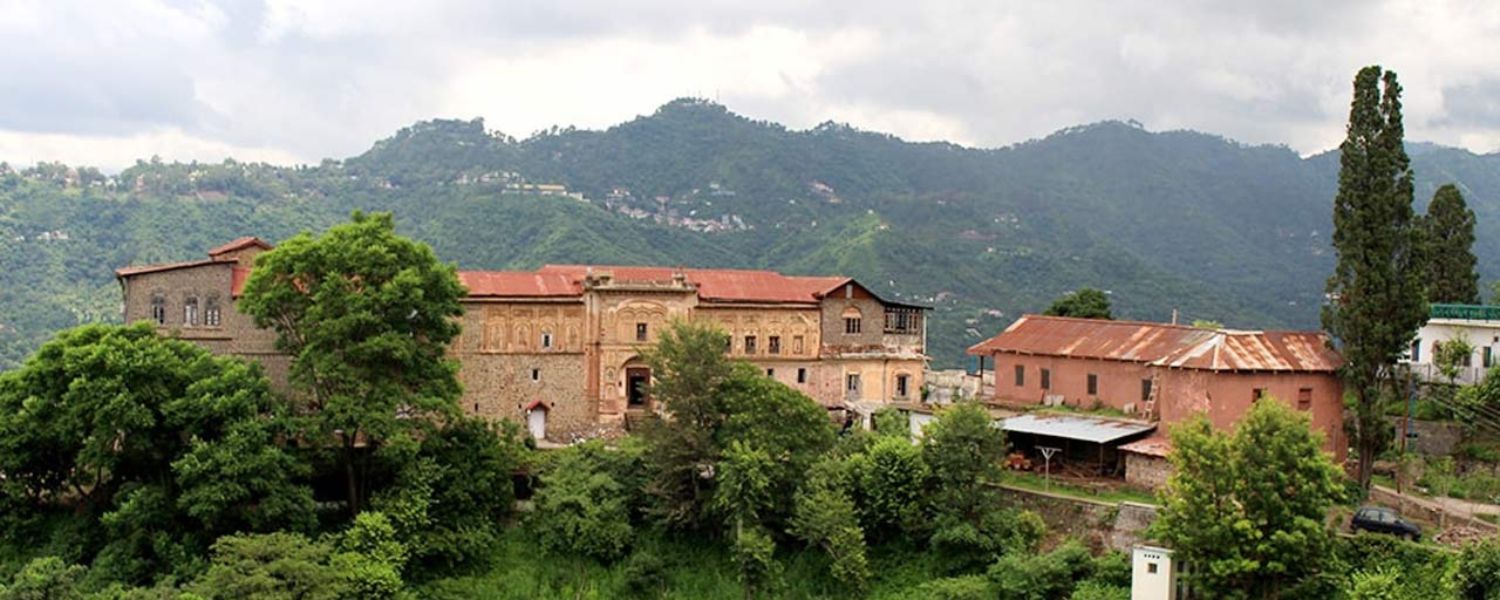
Venture into the rich history of world heritage sites in Himachal Pradesh by uncovering the captivating Kuthar Fort, nestled 52 kilometres away from the bustling town of Shimla and 33.5 kilometres from Solan.
Dating back a remarkable 800 years, this fortress is a testament to the Gurkha Kings’ reign over the land.
While some parts echo tales from eight decades past, the entirety sprawls across 52.8 square kilometres, boasting stunning gardens, precious fresh-water springs, and ancient temples within its walls.
Admire the rare sight of natural springs amidst historical grandeur as you soak in the panoramic views of the surrounding Kuthar Mountains, with snow-capped peaks and the imposing structures of Shimla and Subathu fort in the distance.
Marvel at the Rajasthani architecture that graces the fort, adorned with colonnades, convoluted pillars, and intricate wooden carvings, offering a glimpse into the luxury of Rajputana creativity.
Naggar Castle’s
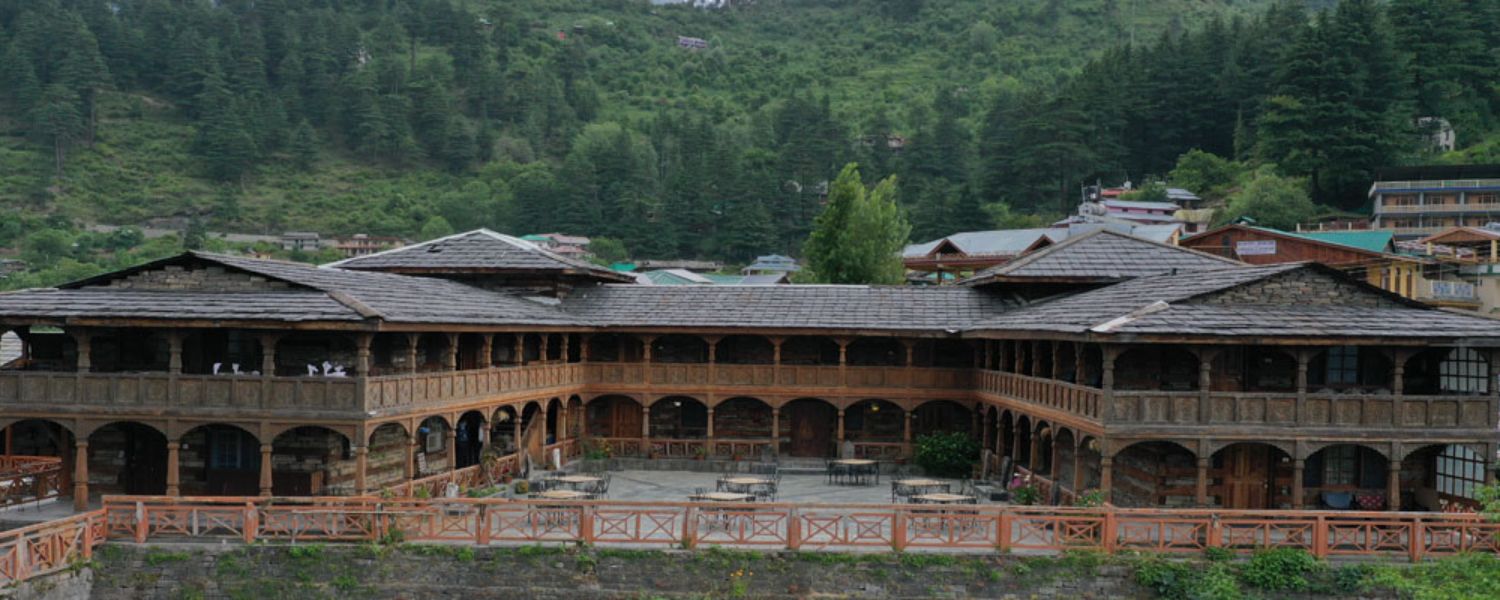
However, about 20 kilometres from Manali and 22 kilometres from Kullu lies the illustrious Naggar Castle, a jewel in the crown of Himachal’s heritage.
Crafted in 1460 AD by Raja Sidhi Singh, this architectural marvel has centuries of history within its walls. Originally a royal residence and administrative centre, it transitioned through various hands, seeing the ebb and flow of power until it was under British control in 1846.
Intriguingly, the castle’s northern wing blended European and Himalayan architectural styles, echoing its rich history and adaptability.
Today, after being lovingly restored, it is a heritage hotel, welcoming guests to experience its timeless charm while preserving its historical integrity.
Conclusion
In conclusion, Himachal Pradesh is a treasure trove of cultural and historical marvels, boasting several UNESCO World Heritage Sites in Himachal Pradesh.
From the majestic Great Himalayan National Park to the iconic Kalka-Shimla Railway, each site offers a unique glimpse into the region’s world heritage sites in Himachal Pradesh.
Moreover, destinations like Dharamshala, McLeod Ganj, and the Arki Fort and Palace add cultural significance to the landscape.
The spiritual sanctuaries of Bhimakali Temple, Hatkoti Temples, and architectural gems like Jubbal Palace and Naggar Castle further enrich the tapestry of Himachal’s heritage.
In essence, these sites preserve history and invite tourists to immerse themselves in the timeless beauty of the Himalayas.
FAQ
Q: Which is the first heritage site in Himachal Pradesh?
A: Pragpur is Himachal Pradesh’s first heritage site. Recognized for its unique architecture and pristine beauty, the state government declared it India’s inaugural Heritage Village in December 1997.
Q: Which UNESCO World Heritage Site is in Shimla?
A: The UNESCO World Heritage Site in Shimla is the Kalka-Shimla Railway. This historic railway line, bestowed with UNESCO status on July 7, 2008, offers a journey through breathtaking Himalayan landscapes, showcasing the engineering marvels of the colonial era.
Q: Why is Kullu Manali famous?
A: Kullu-Manali is renowned for its picturesque landscapes, including streams, forests, orchards, and snow-capped mountains. It serves as the gateway to ancient trade routes, connecting regions like Lahul, Ladakh, and Kashmir, and is a popular destination for adventure loves and nature lovers alike.
Q: What is HP’s UNESCO heritage?
A: The UNESCO heritage site in Himachal Pradesh is the ancient Buddhist monastery of Tabo in Spiti. This thousand-year-old monastery is celebrated for its exquisite wall paintings and stucco statues, offering a glimpse into the region’s rich cultural heritage. Additionally, Pragpur village has been recognized as a ‘Heritage village’ for its well-preserved architecture and cobbled streets.










